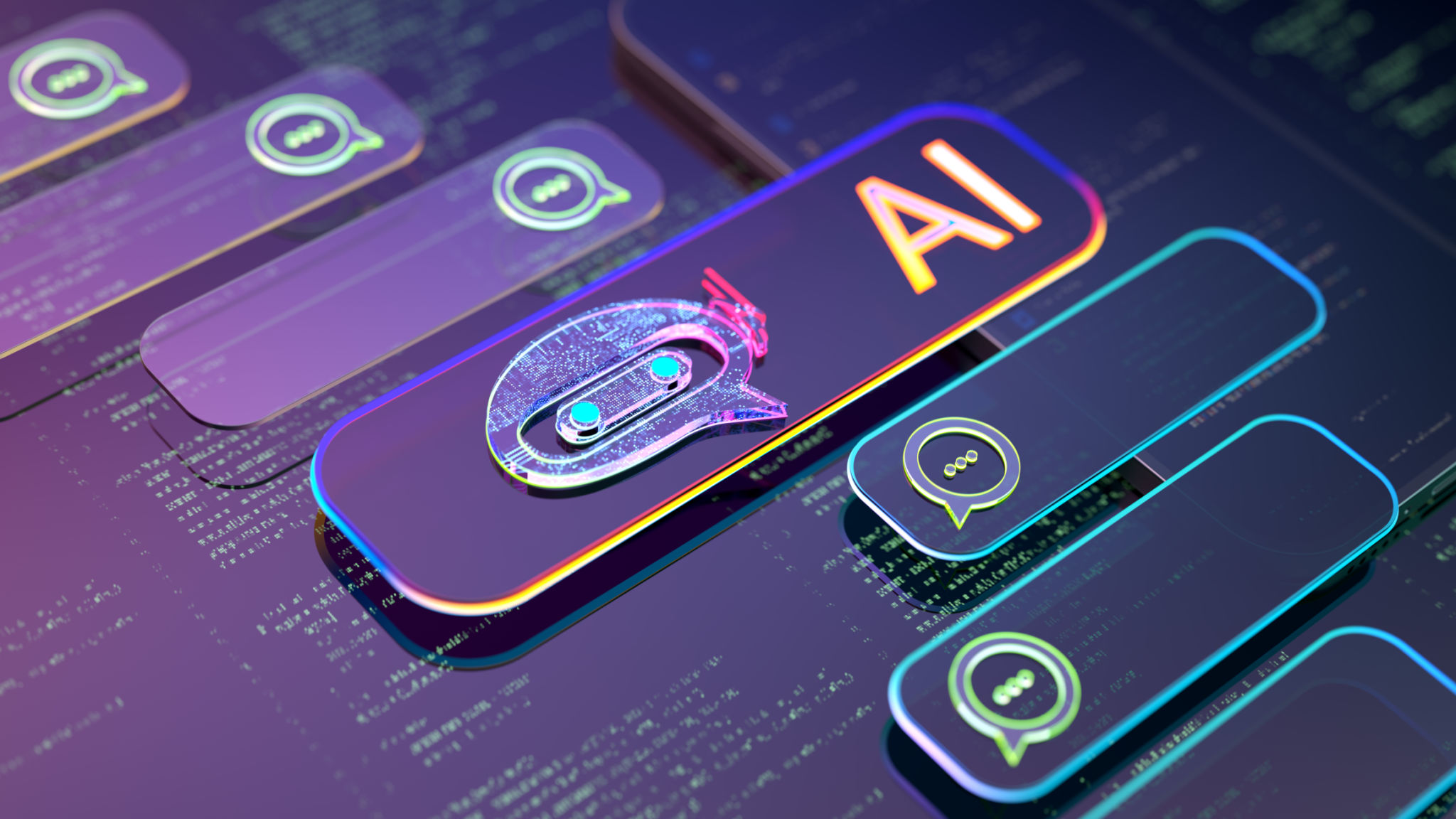Exploring AI Tools for Bilingual Content Creation in Israel
Introduction to AI in Bilingual Content Creation
In today's globalized world, creating content that resonates across different cultures and languages is essential. In Israel, a nation where both Hebrew and Arabic are widely spoken, the demand for bilingual content is particularly high. Leveraging AI tools for bilingual content creation can streamline the process, ensuring consistency, quality, and speed.
AI-driven tools are transforming the landscape of content creation by providing innovative solutions that bridge language gaps. These tools are not only helping businesses reach a broader audience but are also enhancing the way content is curated and delivered.

Benefits of Using AI for Bilingual Content
Utilizing AI tools for bilingual content creation offers numerous advantages. First and foremost, these tools significantly reduce the time and effort required to produce high-quality content in multiple languages. AI can quickly translate and adapt content, ensuring that the message remains consistent across languages.
Furthermore, AI tools are capable of understanding cultural nuances and idiomatic expressions, which are crucial for creating authentic and engaging content. By analyzing vast amounts of data, AI can generate content that resonates with diverse audiences, making it a valuable asset for businesses targeting multilingual markets.

Popular AI Tools for Content Creation
Several AI tools are currently leading the charge in bilingual content creation. Some of the most popular options include:
- Google Translate: A widely used tool that offers quick translations and supports numerous languages.
- DeepL Translator: Known for its accuracy and ability to maintain the tone and style of the original content.
- Grammarly: While primarily an English language tool, it can assist in ensuring grammatical accuracy when transitioning content between languages.
Challenges in Bilingual Content Creation
Despite the benefits, there are challenges associated with using AI for bilingual content creation. One major issue is the potential for loss of meaning during translation. While AI tools have made significant advancements, they may still struggle with complex idiomatic expressions or context-specific language.
Additionally, cultural sensitivity is another area where AI tools need improvement. Understanding cultural contexts and local norms is crucial for creating content that is not only accurate but also respectful and appropriate for the target audience.

Case Studies: Success Stories from Israel
Several companies in Israel have successfully implemented AI tools to enhance their bilingual content strategies. For instance, a leading tech firm used AI to automate the translation of technical documents, reducing the time required from weeks to just a few days.
Similarly, a local marketing agency leveraged AI to create multilingual social media campaigns, resulting in increased engagement and a broader reach. These case studies highlight the potential of AI tools in transforming content creation processes.
Future Prospects for AI in Content Creation
The future of AI in bilingual content creation looks promising, with continuous advancements in machine learning and natural language processing. As AI becomes more sophisticated, we can expect even greater accuracy and cultural understanding in content creation.
Businesses in Israel and beyond are poised to benefit from these advancements, as AI tools will continue to evolve, becoming an integral part of multilingual communication strategies. The key will be to balance the efficiency of AI with the creativity and cultural insight that only human content creators can provide.